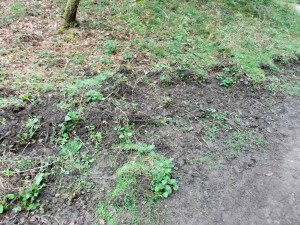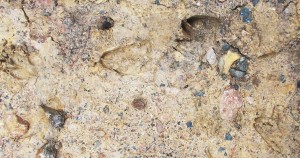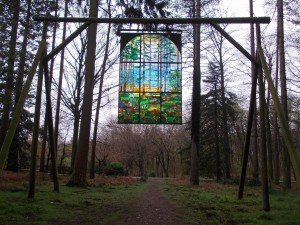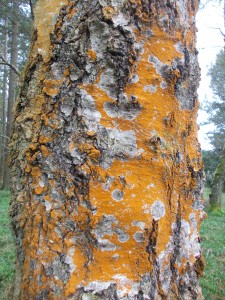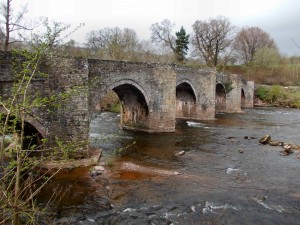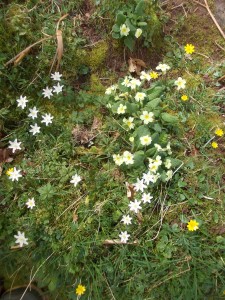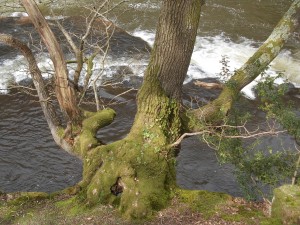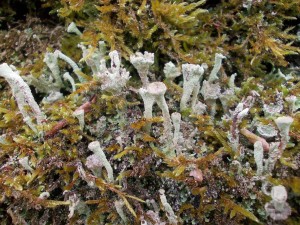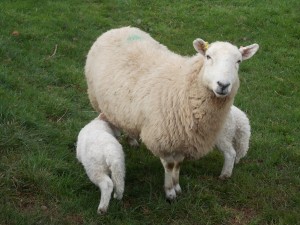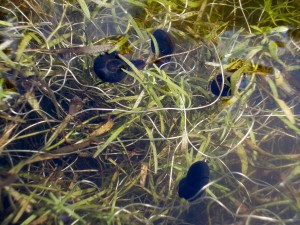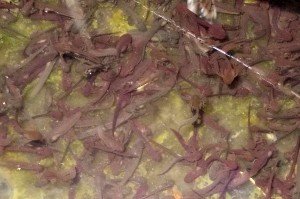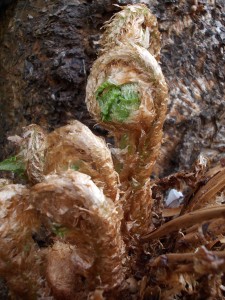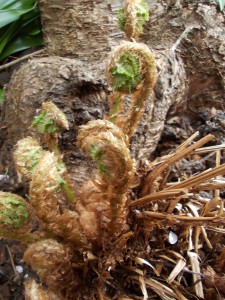This morning dawned bright and crisp, all the car windscreens covered in frost (the air 1.8 Celsius). In the garden, a Chiffchaff was singing, not a bird that often visits here: probably it has only just flown in from Africa.
Constrained to stay indoors all morning, I managed to get out to the Wetland Centre in the afternoon. There was a buzz of excitement in the hide, faces and optics jammed up against the windows, notebooks at the ready: someone had seen a Jack Snipe. A young man with a Canon SLR camera and a cream-coloured telephoto lens asked if I knew the difference between the Jack and the Common Snipe. Er, I said. It has shorter legs, a shorter bill, no pale stripe on its crown, and it bobs up and down a lot. He looked just a tiny bit embarrassed. Could I tell from a photograph? I went over and peered into the bright little screen. The crown, striped or not, was not in view; half the beak was in the mud; and the legs were bent and seemed … shortish. I said I couldn’t tell and did he have another photo. He apologised, the next one was overexposed. To me, it looked much more like a Common Snipe. Where did he see it? He pointed down, where I’d seen a Common Snipe zigzag in across the water and land. I said I thought it was probably a Common Snipe: he hadn’t seen it bobbing up and down? He thought not. I observed that the light was difficult, as the sun kept on coming out of a cloud, and the water varied from dazzling to nearly black in the reflections; did he bracket the exposures? He said yes, it would be a good idea. He took some more photos, said he had a nice one against the dark water. I looked into the screen again: it was true, the contrast of the sunlit brown-and-cream of the camouflaged plumage and the velvet-black water was quite lovely. I smiled and murmured that it was beautiful, but definitely not a Jack Snipe. We had both enjoyed seeing the commoner species, so close, so bright, so crisply patterned, in such fresh spring weather.
I left the hide and walked quietly around the sheltered lagoon. On the grassy bank, a Green Woodpecker’s red cap and black moustache – it was a female – caught my attention. The way the woodpecker was probing quickly in the soft ground with her long pointed beak, then bobbing up to take a quick look around for possible predators, was remarkably snipe-like. I suppose the problem of feeding on something buried a distance beneath the surface pretty much guarantees you are going to be vulnerable while your beak is jammed into the mud and you are busy feeling with your tongue to decide if you’ve caught something edible… your attention is simply not going to be on the sky for those moments. It was curious to feel the similarity between two such different birds as the big hole-dwelling woodpecker with its jolly green and yellow plumage and its black and red face markings, and the plump little snipe with its marvellously cryptic brown and cream camouflage jacket, and an absurdly long beak. Each was delightful; but definitely not a Jack Snipe.
